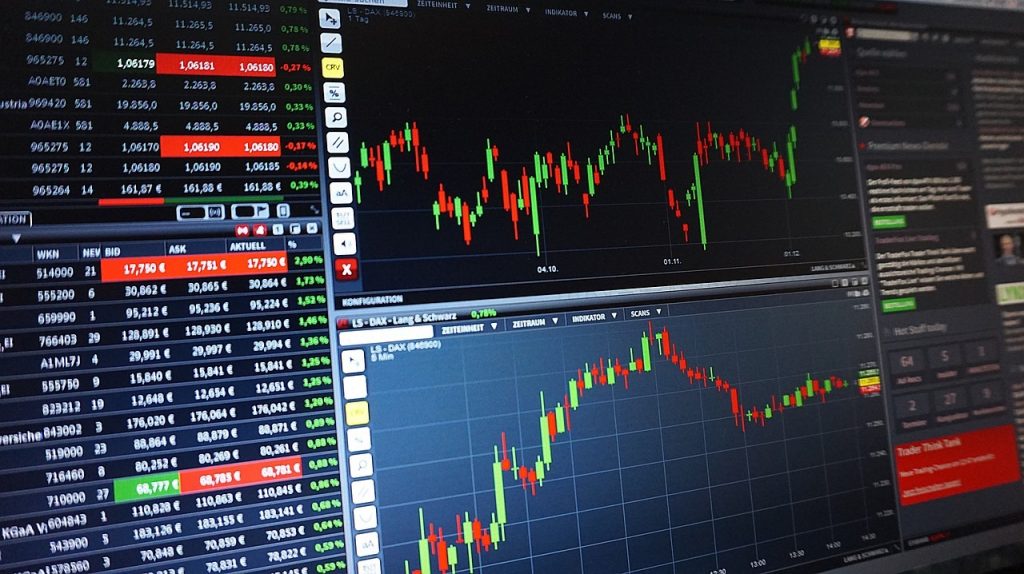The need for increased profitability, as well as fierce market competition, gave birth to a more competitive trading environment. These two factors stimulated the evolution of our conventional way of trading. From a simple buy and sell system, trading has become very complicated and tricky.
To become profitable in the domain of trading, you need to overshadow your competitors. That is, you have to have an efficient and effective buy and sell strategy that will help you dominate the market. And to do this, you will need all the help and resources, (such as KJ Trading Systems), that you can get. In the world of trading, even the simplest of tools can enhance your trading strategies by leaps and bounds.
Today, the method in which traders do trading follows a backbone. It is a support system that supposedly helps traders manage the risks for loss and increase profitability in any given market. These backbones are termed as Trading Systems.

What are Trading Systems?
The trading systems serve as guides for traders to have a smoother sail in the business industry. It helps traders know the dos and don’ts when doing buy and sell.
Trading systems are broken into two major types: Mechanical or automated trading system and Discretionary trading system.
Mechanical or Automated Trading System
As the name suggests, an automatic trading system is a trading system that is influenced by algorithms and technical indicators. It is basically a set of rules that decides whether a buy or sell action is beneficial based on picked-up signals.
The benefit of using the mechanical trading system is that it gets rid of your emotions when dealing with trades. The system formulates a decision based on the indicators that are processed by the algorithms set in the system. The system will be willing to take risks if the odds are likely in your favor. It disregards personal experiences of losses and focuses on the likelihood of a future profit.
The automated trading system works by linking trading software to a direct broker. This software will use the programmed rules to analyze the data acquired from the indicators and execute an action that is beneficial with the current results. Once established, the trading system will continuously monitor the market to buy or sell, based on the specified rules.
Discretionary Trading System
A discretionary trading system is a combination of the mechanical rules and assessment using previous experiences. It is a more complicated trading system since contradicting ideas may arise between your experience and the decisions formulated by the software.
Advantages of Using a Trading System
Historical Market Cross-Reference
The trading system allows backtesting for previous trade results. This serves as an access to references for market trends and value fluctuations.
Diverse Trading
The software can choose between a wide variety of buy and sell choices. This rids you of the hassle of looking for trading leads.
If you are new to trading, get yourself a guide to make you reach a hundred steps ahead of other competitors.














